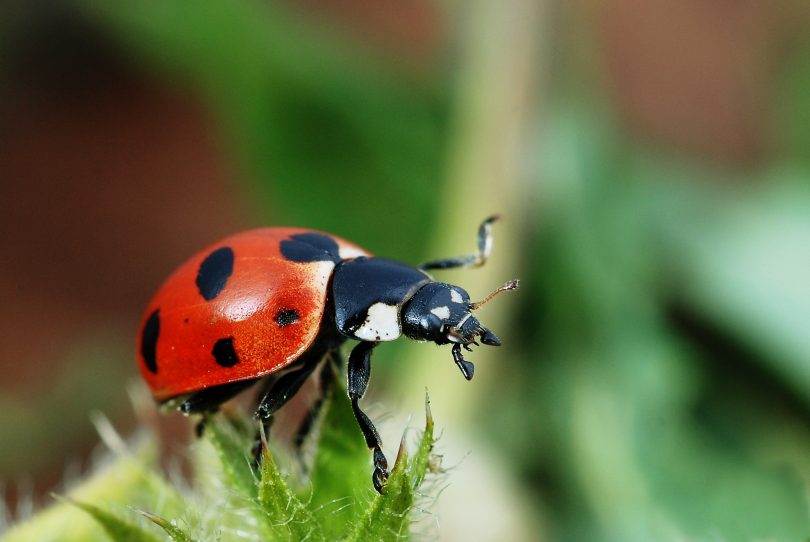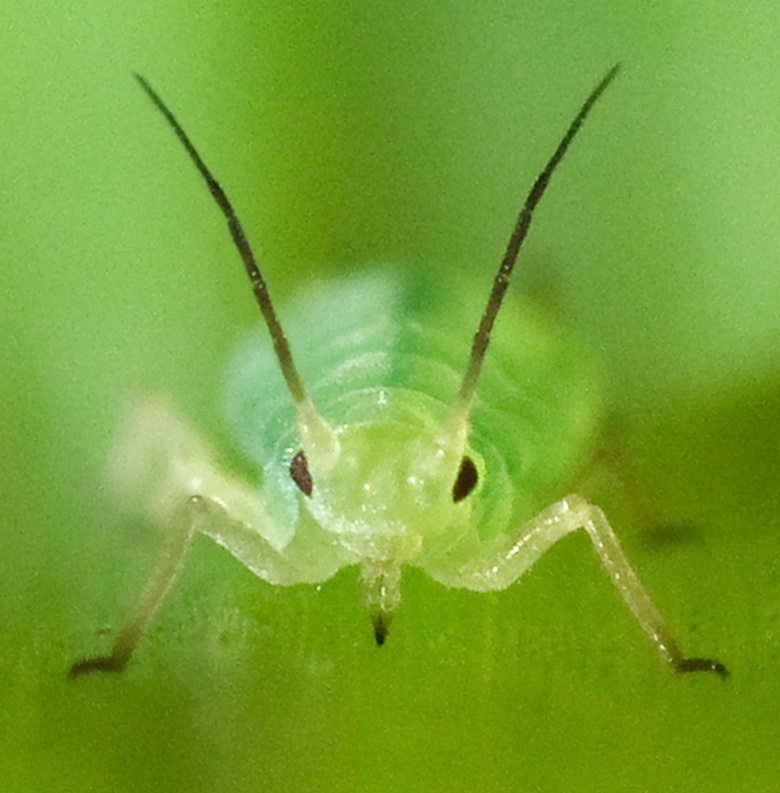Droves of spider mites march, sucking craters into cannabis leaves, spraying noxious webs, and leaving death in their wake. Hordes of thrips buzz about, stabbing, feeding, defecating. Aphids fly in from faraway lands to colonize, drill for sap, and infest roots. [1]
In World War Cannabis, the Axis powers are strong. They bomb and wreck cannabis plants until mere ashes remain. But the grower has her own set of Allies. These are the good bugs, and they wage war with the bad bugs. The fate of the harvest is at stake.
Predatory mites, ladybugs, and nematodes are the main defenders of the home front. [1] These courageous soldiers feed on the bad bugs, protecting cannabis plants without any insecticide carpet bombing.
Predatory mites are a special type of cannibal mercenary. They look like their heinous cousins, the spider mites. But instead of destroying the plant, they kill and eat harmful, herbivore mites. Long legs allow them to sprint to their prey. They will even conduct covert missions on spider mite hatcheries, dining on eggs and cutting off the population at the source. Not even thrips are safe.
[Graphic 2: An aphid prepares for battle.]
Ladybugs feast voraciously on aphids, consuming thousands (each) during their tours of duty. If any predators approach, they secrete odorous fluid. Ladybug larvae also seek and destroy aphids and other pests. Once they’ve annihilated any and all pests in the vicinity, ladybugs move on to fight the good fight elsewhere.
Nematodes strike fear into the hearts of insect pests. These roundworms wiggle into the bodies of their prey and release toxins. This poisons the host from the inside. Within two days, the harmful pest drops dead.
Nematodes are soil dwelling specialists: the species Steinernema feltiae is particularly suited for trench warfare against thrip larvae. As the war wages, fungus gnats may join the Axis powers. These winged bombers launch larvae into roots, destroying the plant from the bottom up. Fortunately, our nematode allies lie in wait ready for an ambush.
Remember: the best offense is a good defense. Don’t wait until the plants have been occupied by foreign forces. Instead, build up Allies forces so that any potential pest invasion fails. But if the fortress has already been infiltrated by one or more pests, choose your army accordingly.
Reference
- Wilson, Houston, et al. “First Known Survey of Cannabis Production Practices in California.” California Agriculture, vol. 73, no. 3, 2019, pp. 119–127, doi:10.3733/ca.2019a0015. Journal Impact Factor = 1.231, Times Cited = N/A
Images
Graphic 1: Gilles San Martin, CC 2.0 License
Graphic 2: Public domain









